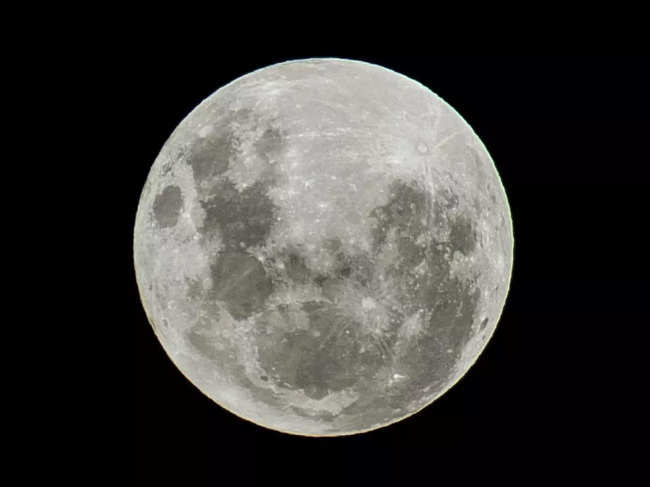 iStock
iStockRelated
What Is Super Blue Moon?
The term 'blue moon' might evoke images of a moon with an oceanic hue, but in fact, it refers to the second full moon appearing within a single calendar month. Such an event is a rarity, leading to the widely used saying "once in a blue moon."Adding to the intrigue is the "super" aspect of this celestial display. The moon will appear larger and shine with increased brightness due to its proximity to Earth's elliptical orbit, giving it the name "super blue moon."
Why Does It Happen?
Diving deeper into this lunar phenomenon, the occurrence of a "blue moon" is tied to a specific set of circumstances. When a season witnesses four full moons, the third one is called the blue moon, a definition that has stood the test of time. Further, every two and a half years, an extra full moon emerges due to a lunar phase spanning 29.5 days.The intrigue of the Super Blue Moon isn't just its rarity but also its luminosity. This supermoon shines 16 per cent brighter than a regular full moon.
When To Watch?
Prime viewing times for this celestial spectacle vary across the globe, with optimal moments for observation occurring during moonrise, particularly from tall structures.For India, the Super Blue Moon will reach its peak brightness around 5:57 AM on August 31. Meanwhile, European observers will witness the moonrise slightly later on August 31st, and those in the United States can catch a glimpse around sunset.
Interestingly, Saturn will also make a guest appearance, offering a stunning visual alongside the moon.
With only three occurrences out of 100 full moons falling into the category of blue moons and 25 out of 100 classified as supermoons, the occurrence of this phenomenon makes this event truly exceptional. The next blue moon is slated for January and March 2037.
So, make sure to cast your eyes skyward and witness the captivating display of this celestial wonder that truly lives up to its "once in a blue moon" reputation.













 Get Unlimited Access to The Economic Times
Get Unlimited Access to The Economic Times
